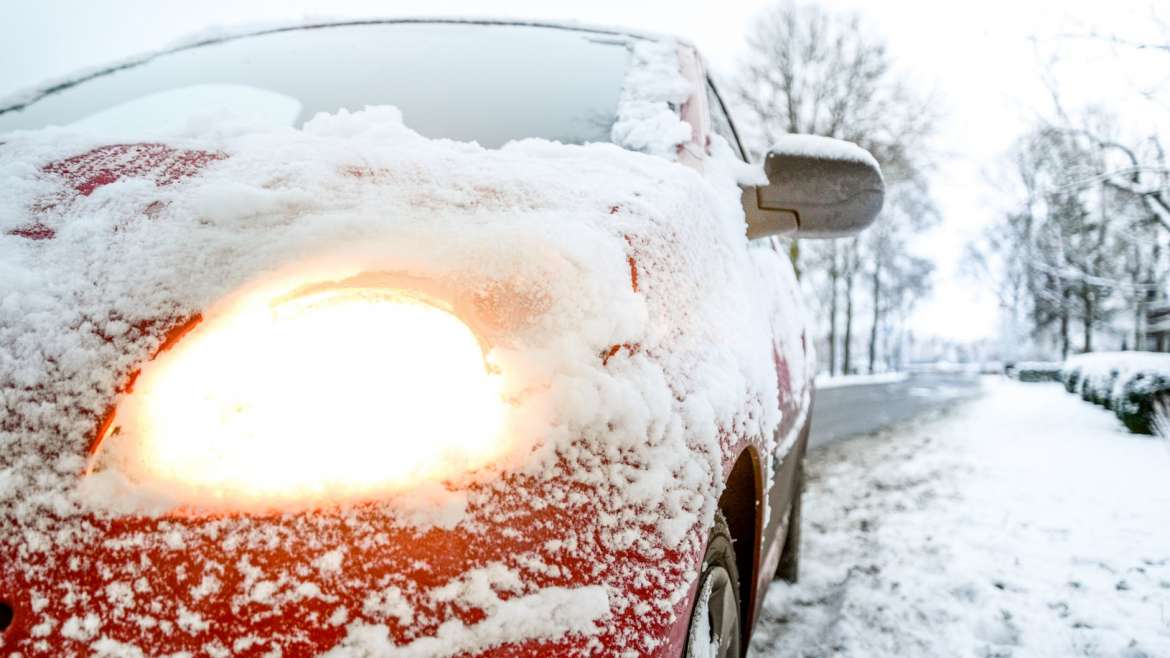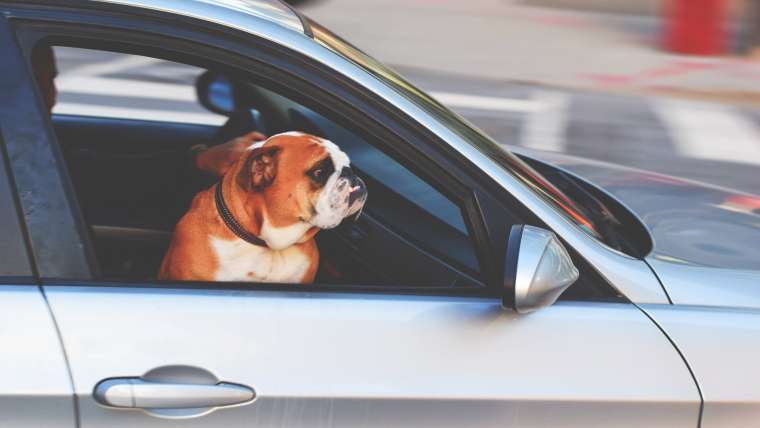Tips on Driving in winter conditions :
“Early vision, early decisions”
Do the basics right, de-ice/clean windscreens, windows & lights as necessary.
It’s tempting to drive off with barely a peephole on your windscreen when running late but this is potentially dangerous, as you may not notice pedestrians waiting to cross the road at a zebra crossing or other hazards. Be safe wait until all the glass is clear before you drive off. It is also illegal and could land you with a fine and points on your licence.
A cold & sunny day may be the perfect time to whip out the long-forgotten sunglasses. Good quality sunglasses reduce glare, essential when the sun is low in winter. You will see a lot of driving instructors in Manchester trying to look cool in sunglasses, it’s purely for practical purposes. If you wear spectacles in general, then ask your opticians to include a driving tint this will improve the sharpness and contrast of your vision whilst driving.
“Warm & Toasty”
Leaving your engine running while you pop in to make your favourite cuppa may seem convenient but there are countless tales of thieves targeting motorists. An extra 5 min of preparation before your journey will save you untold grief when you realise the insurance company may reject your claim, due to your negligence.
“It’s all about traction”
Check your tyres are in good condition. 1.6mm may be the legal minimum requirement but considering a new tyre is approximately 8mm, it may be time to invest in a new a new set of tyres. The minimum legal tyre depth of 1.6mm is insufficient for safe during in wintry conditions. The level of tread on your tyres is crucial for a good grip on the road & has a direct impact, not only on the performance of your car but also its overall safety. Your ability to complete a smooth and safe stop is severely limited due to reduced tire traction. Note; in winter your Tyre pressure decreases due to a drop in temperature, so ensure your tyres are correctly inflated.
2 Seconds! 4 Seconds! 10 Seconds!
If you have started your driving lessons in Manchester, you may be familiar with your driving instructor using the phrase “only a fool breaks the 2 Second rule” As a guide in normal conditions leave a 2 second gap with the car in front, a 4 second gap in wet weather & 10 seconds in Icey conditions. Winter driving conditions such as snow and ice dramatically affect the braking distance of your vehicle. So increase your distance when handling slippery winter roads, the key to safety is slower speeds, gentler stops and turns, and increased following distances.
The Highway code gives plenty of advice when driving in icy & snowy conditions
Rule 228: “In winter check the local weather forecast for warnings of icy or snowy weather. DO NOT drive in these conditions unless your journey is essential. If it is, take great care and allow more time for your journey. Take an emergency kit of de-icer and ice scraper, torch, warm clothing and boots, first aid kit, jump leads and a shovel, together with a warm drink and emergency food in case you get stuck or your vehicle breaks down”
Rule 229 Before you set off
* you MUST be able to see, so clear all snow and ice from all your windows
* you MUST ensure that lights are clean and number plates are clearly visible and legible
* make sure the mirrors are clear and the windows are demisted thoroughly
* Remove all snow that might fall off into the path of other road users
*check your planned route is clear of delays and that no further snowfalls or severe weather is predicted.
Rule 230: When driving in icy or snowy weather
* drive with care, even if the roads have been treated
* keep well back from the road user in front as stopping distances can be ten times greater than on dry roads
* take care when overtaking vehicles spreading salt or other de-icer, particularly if you are riding a motorcycle or cycle
* watch out for snowploughs which may throw out snow on either side. Do not overtake them unless the lane you intend to use has been cleared
* be prepared for the road conditions to change over relatively short distances
* listen to travel bulletins and take note of variable message signs that may provide information about weather, road and traffic conditions ahead.
Rule 231: Drive extremely carefully when the roads are icy. Avoid sudden actions as these could cause loss of control. You should
* drive at a slow speed in as high a gear as possible; accelerate and brake very gently
* drive particularly slowly on bends where loss of control is more likely. Brake progressively on the straight before you reach a bend. Having slowed down, steer smoothly round the bend, avoiding sudden actions
* check your grip on the road surface when there is snow or ice by choosing a safe place to brake gently. If the steering feels unresponsive this may indicate ice and your vehicle losing its grip on the road. When travelling on ice, tyres make virtually no noise.



